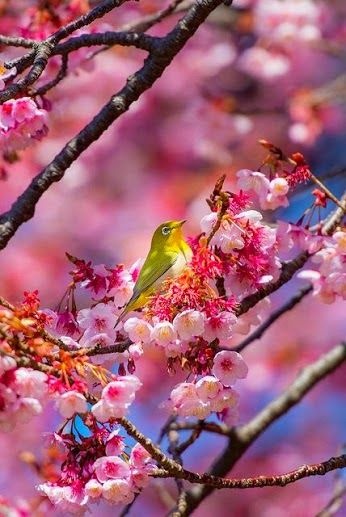The Japanese white-eye, a bird that was brought from Japan to Hawaii in the late 1920s, was initially transported to help control the bug population. The birds quickly spread, and the white-eye is now the most common bird found on the Hawaiian Islands. As other native birds have gone extinct—a decline that is often attributed to the Japanese white-eye’s overwhelming dominance of the islands—many flowering plants have become “widowed” due to the extinction of the pollinating birds. With the birds responsible for pollinating these plants disappearing, the plants, which cannot be found anywhere else in the world, are also threatened with extinction.
Researchers have found, however, that the Japanese white-eye is filling in the gap, pollinating at least two flowering plants that have otherwise been widowed by the extinction of the native birds. It was previously believed that the invasive birds had not contributed anything of value to the island, but the fact that the Japanese white-eye is capable of pollinating both the Mauna Loa clermontia and the small-flowered clermontia seems to indicate that it does hold some value—even if the problem it solves is one that it may have also caused.
japanese
Posted on at



